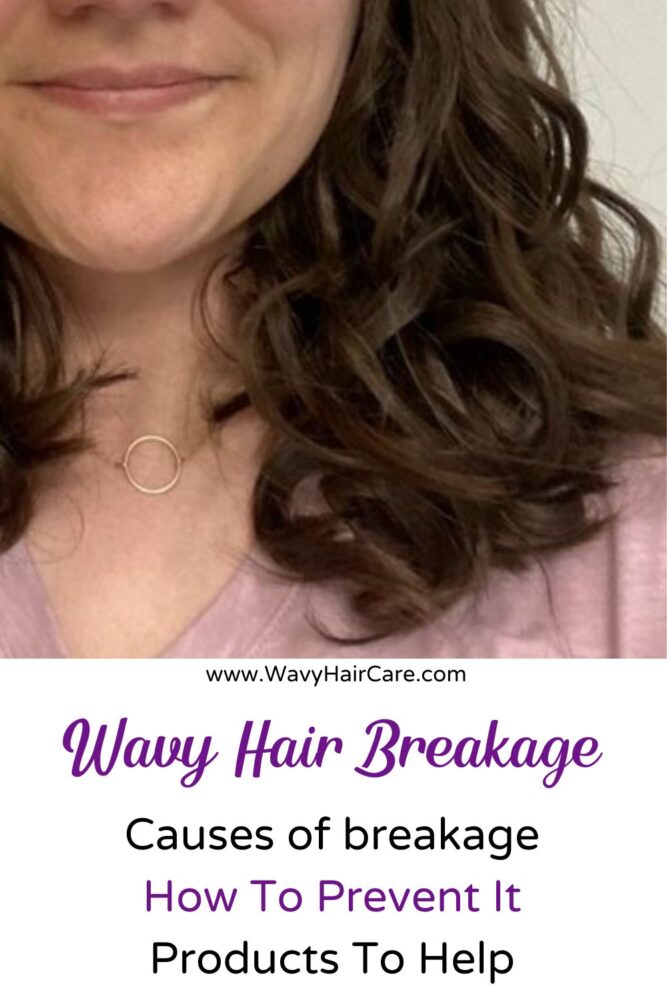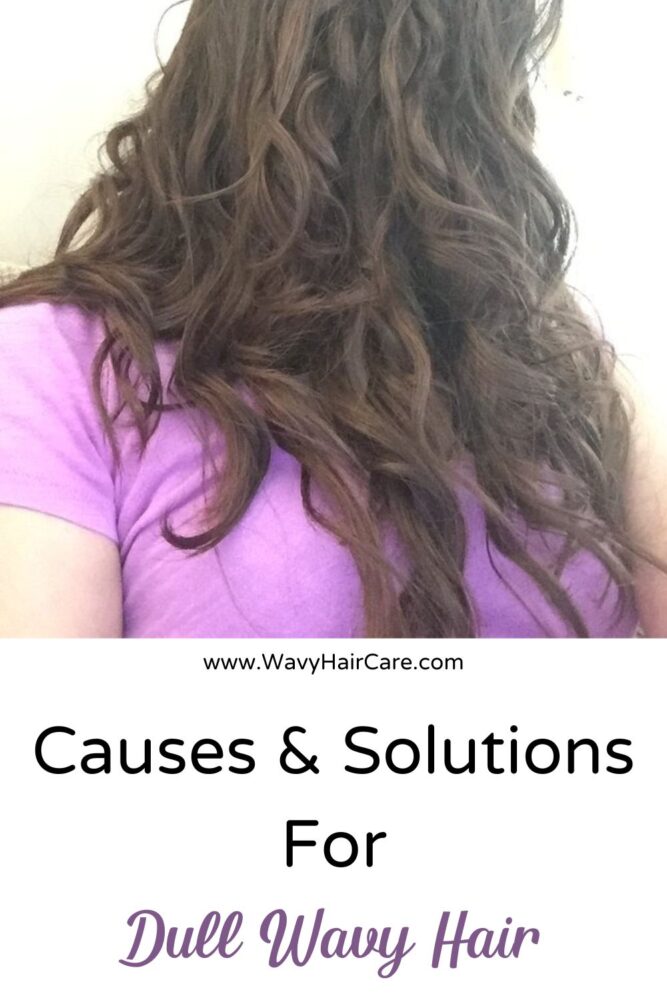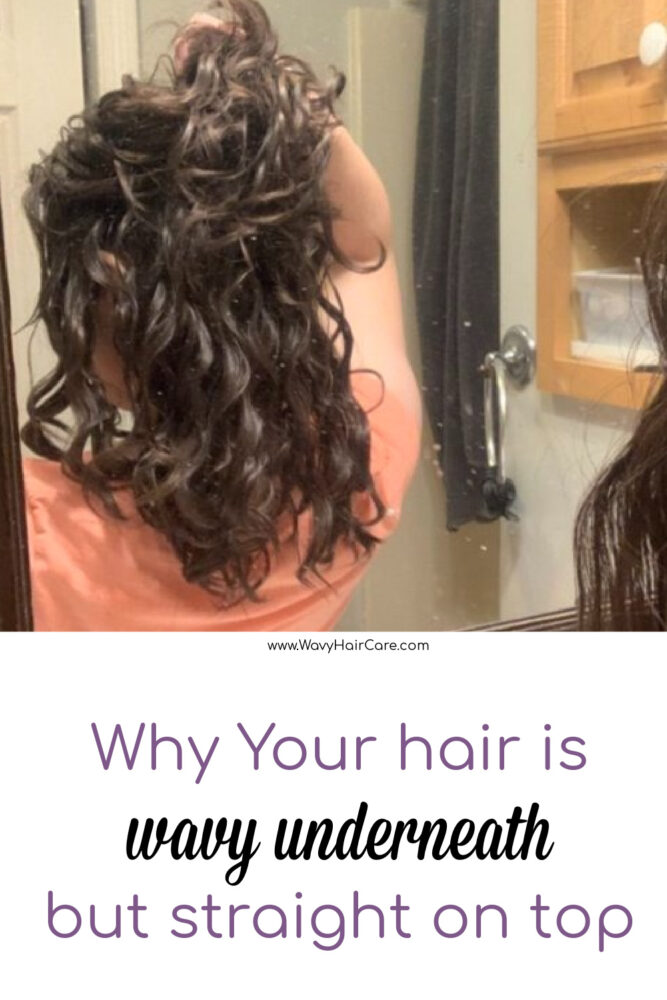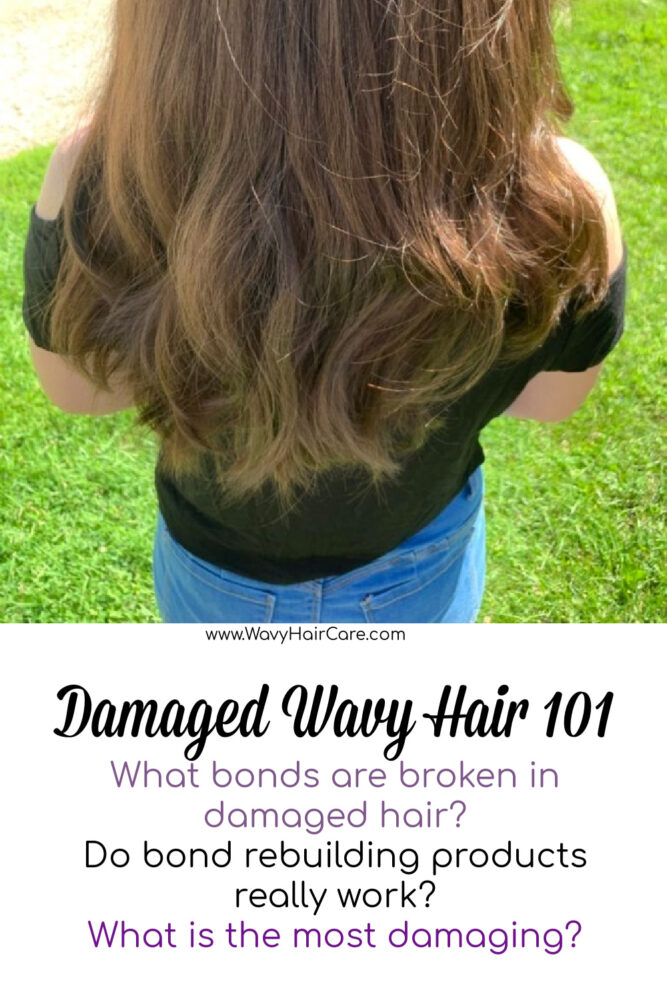There are affiliate links in this blog post.
What Causes Wavy Hair Breakage?
Bleach damage is the most damaging thing you can do to your hair. Once you have bleached your hair, think of it as significantly weaker than it used to be. It got somewhat damaged in th e process of bleaching, but it’ll also continue to receive more damage now, because it is weaker your hair will become more damaged by the sun, mechanical damage, shampooing, etc than healthier hair would experience.
Chemical treatments like perms or straightening treatments do significant damage to the hair as well, second only do bleaching.
Heat damage such as using a curling iron or flat iron.
Mechanical damage from combing, brushing, friction from hats, pillows, etc. When you comb or brush, doing so with a wide tooth comb first and working from the bottom up can help minimize breakage. Try to avoid “tearing through” knots.
Sun damage. Bleached hair or naturally light hair (whether blonde, gray or silver/white) are more prone to damage from the sun because it has less melanin and melanin is made of proteins that protect hair from UV damage.
Too much protein. If you use way more protein than your hair needs, this can cause your hair to become so brittle that it can break.
Shampooing can be damaging, primarily to hair that is high porosity.
Medical conditions such as thyroid problems, malnutrition, extreme stress or some scalp conditions can lead to breakage.



